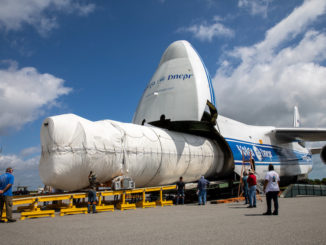
PHSF

Atlas 5

Atlas 5

Atlas 5

Atlas 5

Atlas 5

Atlas 5

Atlas 5

Atlas 5

Atlas 5
